Please help with my antique table
mamasalvo
9 years ago
Related Stories
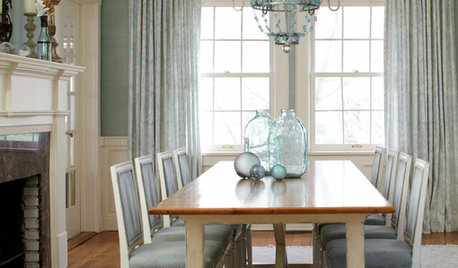
REMODELING GUIDESRoom of the Day: Antiques Help a Dining Room Grow Up
Artfully distressed pieces and elegant colors take a formerly child-focused space into sophisticated territory
Full Story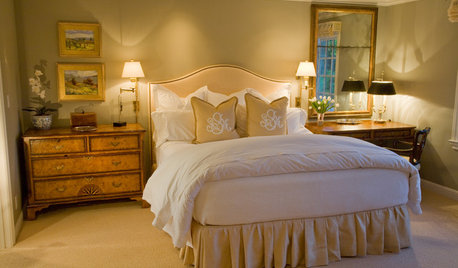
DECORATING GUIDESDecorating With Antiques: Tables to Elevate the Everyday
They may have common uses, but antique tables bring a most uncommon beauty to dining, game playing and more
Full Story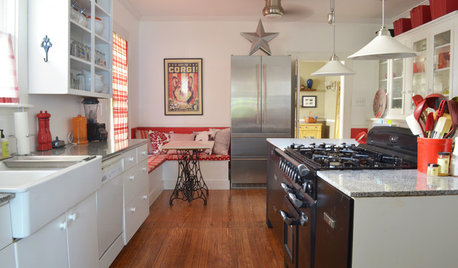
FURNITUREGreat Vintage Find: Antique Sewing Tables and Cabinets
These history-rich pieces add unique style and function all over the house
Full Story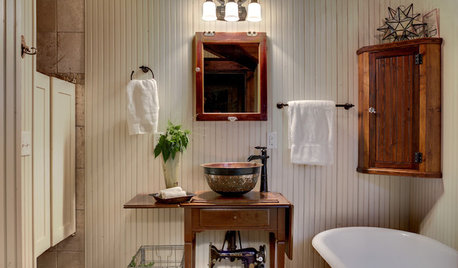
VINTAGE STYLEAntique Sewing Machines: Tailor Made for Nostalgic Decor
In full-on vintage rooms or contrasting modern looks, old sewing machines and tables are stirring up the past in a most stylish way
Full Story
DECORATING GUIDES10 Bedroom Design Ideas to Please Him and Her
Blend colors and styles to create a harmonious sanctuary for two, using these examples and tips
Full Story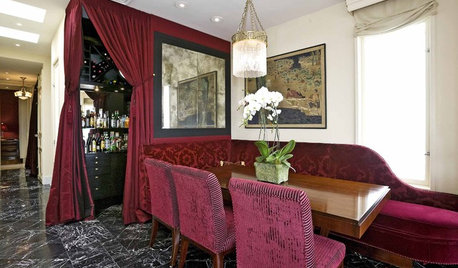
Yes, Please: Parisian Hotel Flair
Bring on the Bling to Recreate the City of Romance at Home
Full Story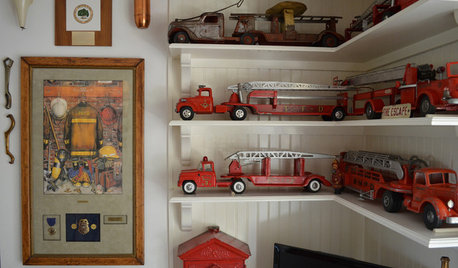
DECORATING GUIDESHouzz Call: What Home Collections Help You Feel Like a Kid Again?
Whether candy dispensers bring back sweet memories or toys take you back to childhood, we'd like to see your youthful collections
Full Story
COLORPick-a-Paint Help: How to Create a Whole-House Color Palette
Don't be daunted. With these strategies, building a cohesive palette for your entire home is less difficult than it seems
Full Story
MOST POPULAR7 Ways to Design Your Kitchen to Help You Lose Weight
In his new book, Slim by Design, eating-behavior expert Brian Wansink shows us how to get our kitchens working better
Full Story





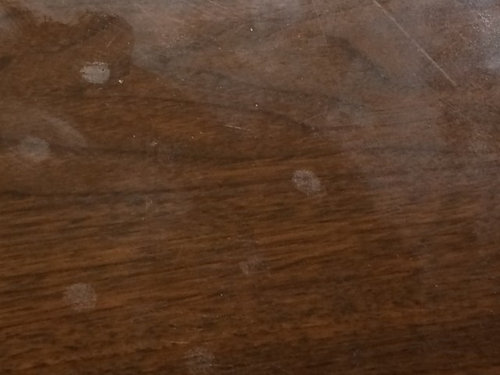




bobismyuncle
User
Related Professionals
Newcastle Cabinets & Cabinetry · North Massapequa Cabinets & Cabinetry · Central Cabinets & Cabinetry · Arnold Carpenters · Daly City Carpenters · Chula Vista Flooring Contractors · Everett Flooring Contractors · Fairfax Flooring Contractors · Fort Myers Flooring Contractors · Owings Mills Flooring Contractors · Seekonk Flooring Contractors · Wixom Flooring Contractors · Carlsbad Furniture & Accessories · Marietta Furniture & Accessories · Hoffman Estates Furniture & Accessoriessombreuil_mongrel
rwiegand
bobismyuncle
mamasalvoOriginal Author
JAAune
k_rider
jeff-1010